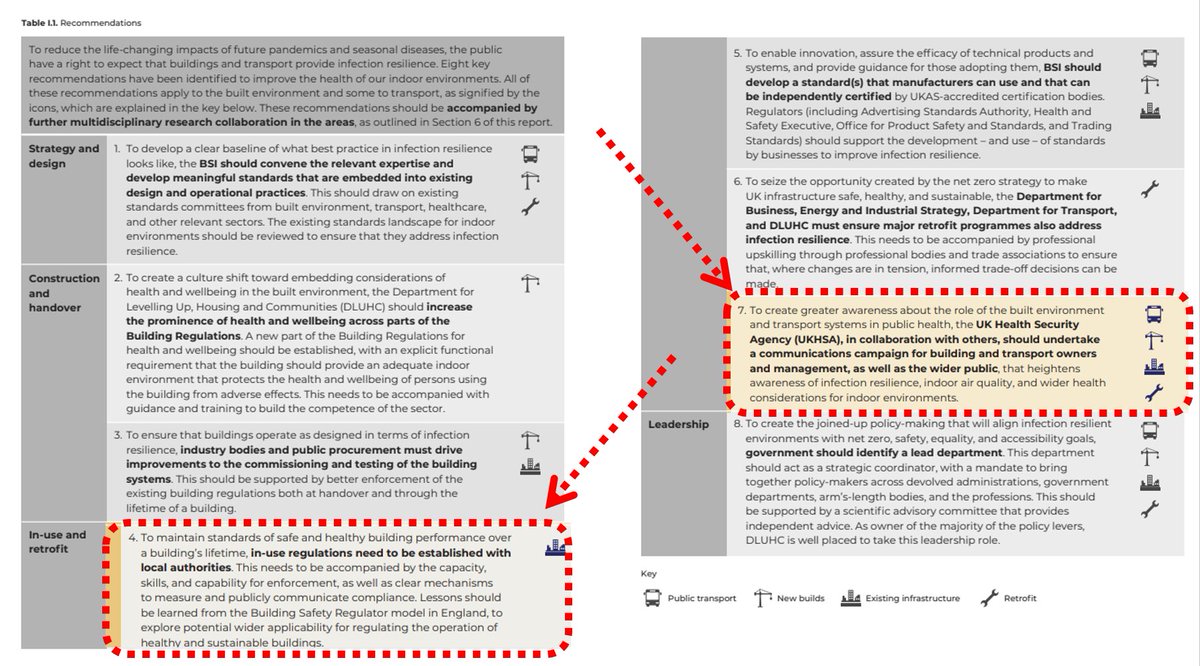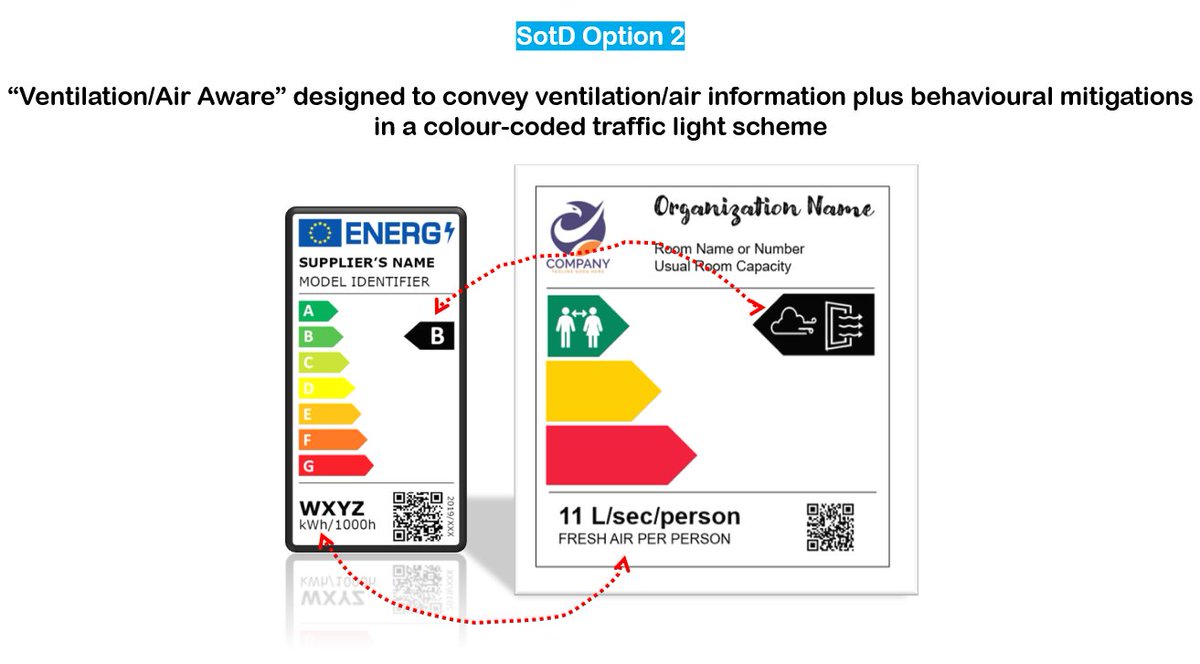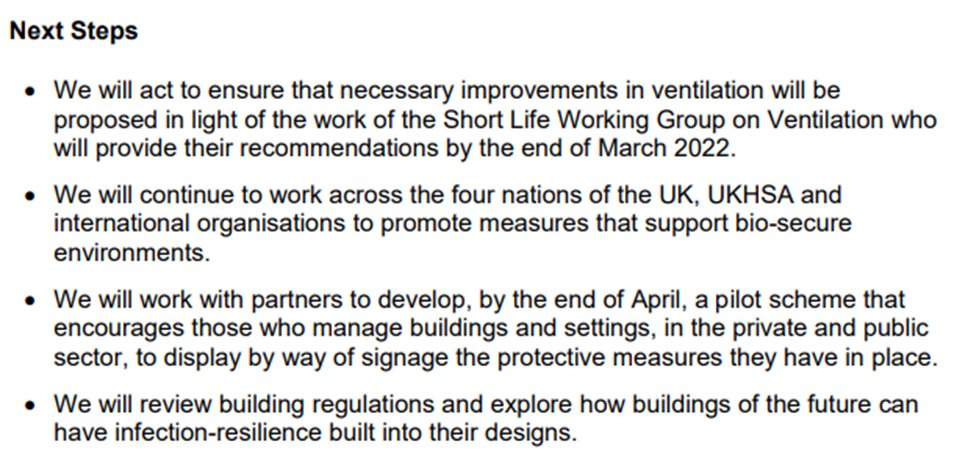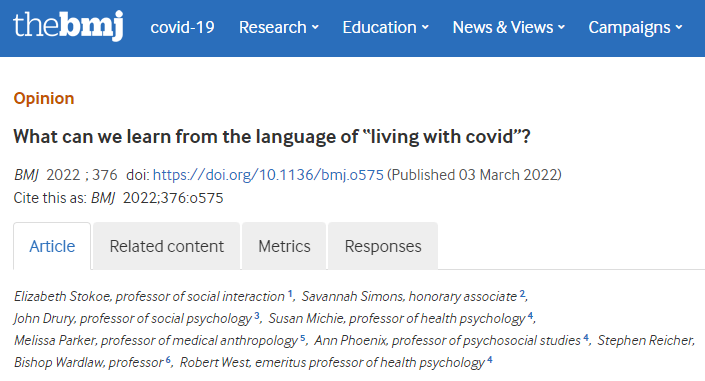
Great to see “signage and ratings”, “awareness”, and “visible assurance” prominent in @RAEngNews @CIBSE recommendations to ensure that the public understands the importance of “good indoor air quality.”
Short 🧵 on exemplar #signage schemes and pilots.
1/8
Short 🧵 on exemplar #signage schemes and pilots.
1/8

As @CathNoakes writes, 'Scores on the Doors' is an example of such a scheme. 2/8
https://twitter.com/CathNoakes/status/1536185364838219780
Between Oct 21-March 22 @IndependentSage and colleagues worked on a project to design, pilot, and evaluate a scheme to convey, in a non-technical way, #ventilation information ('scores / signs on the doors') for rooms, buildings, and venues. 3/8
Report: bit.ly/3CQZ60W
Report: bit.ly/3CQZ60W
An important point in @RAEngNews @CIBSE report [also made in @IndependentSage pilot] is that "[a]wareness, coupled with visible assurance scheme (Recommendation 4) may empower building users to understand their own level of risk." 4/8 



The @IndependentSage pilot (@robertjwest evaluation, @adsquires air science, me doing messaging) is co-produced with organizations who include necessary background info (e.g., what the icons mean, technical info, etc.) via a QR code linked to their website. 5/8 





The Scottish Government's COVID-19 Strategic Framework [February 2022] committed to “work with partners to develop ... a pilot scheme ... to display by way of signage the protective measures they have in place.” 6/8 



• • •
Missing some Tweet in this thread? You can try to
force a refresh


























